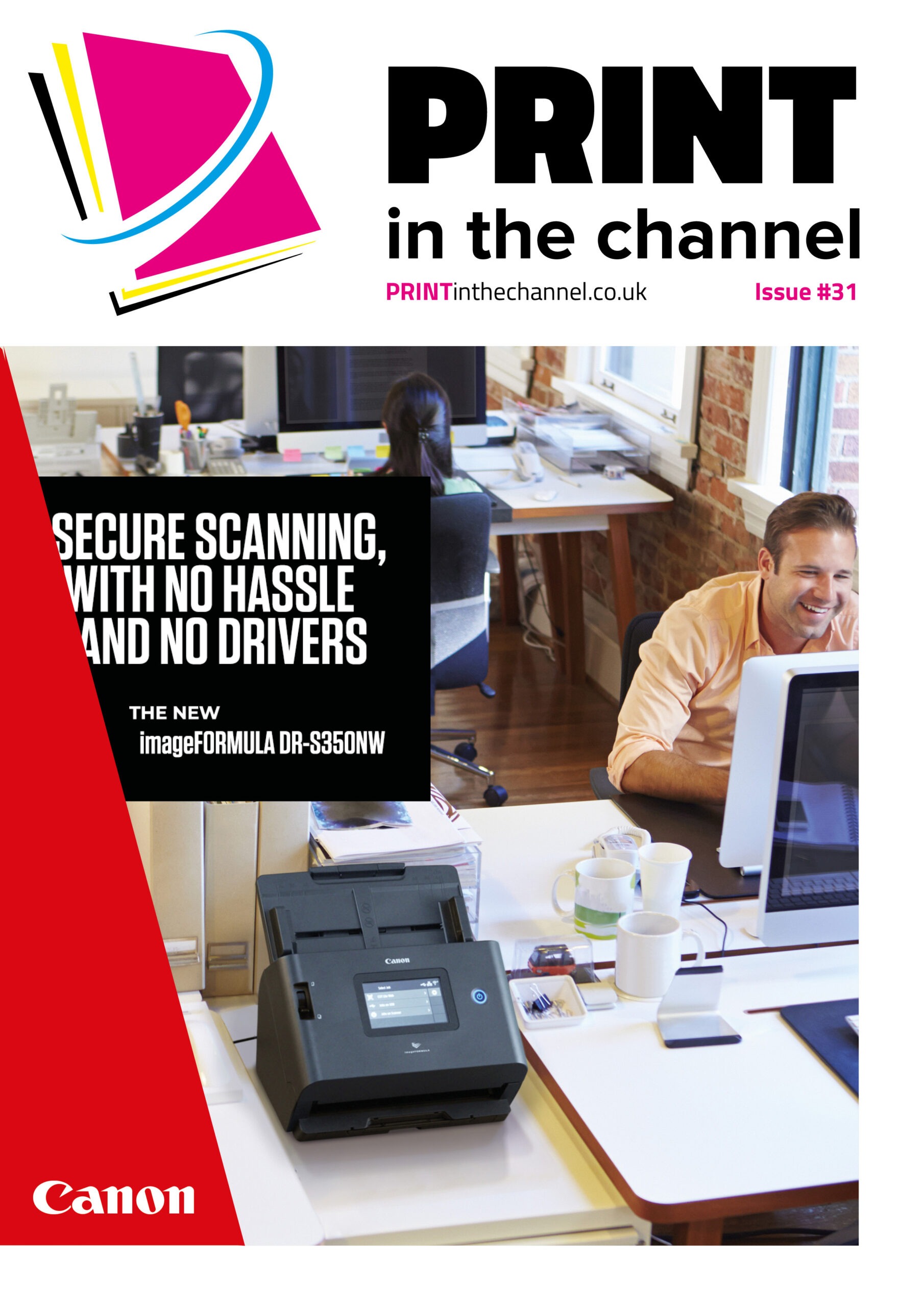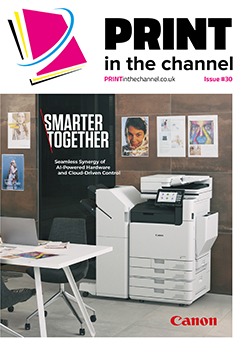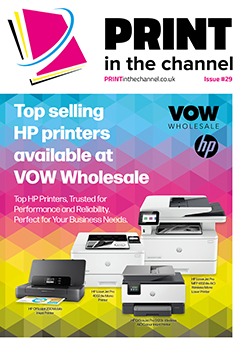After being one of the pioneers of the OPEX movement, there’s a lot of SaaS talk in the print industry.
It’s almost impossible in this day and age to avoid paying a subscription for the content we enjoy.
Certainly as I run through my bank statements it seems that 90% of my money is wasted on subscriptions for entertainment, news, and the gym that I don’t go to.
As the products we crave become more expensive, a service model has become more desirable and, as always, the professional world mirrors the consumer world.
Paul Callow, general manager of Printada! said “There has been an increase in subscription solutions throughout industries. Starting with Netflix, all kinds of sectors are adopting service models from shaving through to automotive.
“In the last few years businesses and enterprise customers have become more aware of the benefits of managed print services and strategies for procurement outside of the transactional model. We believe that a subscription solution which offers genuine savings and some level of flexibility will create value for small and medium sized businesses in particular.”
Although the OPEX model has been a relatively new phenomena in the consumer market, the print industry was one of the first to embrace payment schedules, rather than insist on hefty up front costs.
With that said, according to Max Colao, managing director of Apprico, the move to hybrid after the events of 2020 has accelerated adoption.
“Print-as-a-service solutions are becoming increasingly popular, and this trend has accelerated since the pandemic,” said Colao. “With many businesses moving to remote work or adopting hybrid models, there has been a greater need for flexible and scalable print solutions.
“In addition, the economic uncertainty caused by the pandemic has led many businesses to look for ways to reduce capital expenditures and shift to operating expenses. According to a survey by Quocirca, 72% of businesses are planning to move to a PaaS model in the next two years. This represents a significant increase from just a few years ago when PaaS was a relatively new concept.”
Flexibility
In the modern business, the cold, hard truth is that IT purchasers are in part making decisions based on the number of requirements a reseller can tick off for them.
As Louella Fernandes, research director at the aforementioned Quocirca points out, one of the fundamental advantages of moving to a SaaS model is the additional solutions and flexibility that businesses can bolt onto their monthly service.
“Done well, print-as-a-service offers the flexibility, agility, and cost-control that is attractive to hybrid businesses. As businesses seek to offer employees a print infrastructure that fits a work-from-anywhere culture, print-as-a-service can support the provision of devices and consumables to home offices.
“Businesses want to support a distributed, hybrid workforce with the most efficient service possible, keeping close control over cost while also addressing environmental concerns.
Print-as-a-service offers an alternative that may be more flexible and agile than incumbent solutions and the signs are that more organisations are open to making changes, which could see it surge in popularity.
“Following the pandemic period, where many home workers opted to buy their own devices, those devices may not necessarily have met security standards required for network access. Our research suggests that the enforced changes of the past few years have given rise to a greater appetite for shifting from the status quo where print infrastructure provision is concerned because print-as-a-service puts the business back in control.”
Callow added that with a service model, the bulk of the sales pitch is “peace of mind. Knowing that their devices are covered for warranty and maintenance is an important factor for many businesses.
“There are literally hundreds of thousands of businesses and organisations in the UK, who would not ever need to lease a large device, that are using the traditional copier dealer model. Even for those businesses, purchasing supplies as and when they need them through traditional online dealers can be both cumbersome and more expensive than a service agreement.
“Those customers seem to understand the principle of what a print subscription solution is, and when coupled with the savings on offer it is appealing for them. Dealers too can benefit from introducing a subscription solution because of the margins involved, and all of the actual facilitation, monitoring and fulfilment of that agreement can be handled by the vendor.
“In short, there is a lot of money to be made while helping customers reduce their costs.”
More than words
I don’t know about you, but peace of mind sounds like a worthwhile investment!
But with the advantages so clear, competition is high for resellers, who need to have a water tight proposition when they go to market, and be open to offer cloud, security, or management services on top of the print solution they already sell.
“To capitalise on these opportunities, resellers need to understand the needs of their customers and offer real world solutions,” said Colao. “That requires a deep understanding of the print market, and the ability to offer customised solutions that are tailored to each customer’s specific requirements.
“Resellers can also differentiate themselves by offering value-added services such as proactive maintenance, supply management, and user training. By offering a comprehensive service, resellers can help their customers to maximise the benefits of their PaaS solutions and increase their satisfaction.
“Another key factor in capitalising on the opportunities presented by PaaS is building strong relationships with customers. Resellers need to be proactive in communicating with their customers, providing regular updates and support, and responding quickly to any issues or concerns. By building strong relationships with customers, resellers can increase their customer retention and loyalty, which can help to drive long-term revenue growth.”
Those relationships are going to be crucial going forward. As both Callow and Fernandez explain, churn is a real factor in the market at the moment, as businesses are hesitant of commitment and are not above shopping around.
“Certainly our subscription customer base is growing,” said Callow, “however I think business customers are perhaps slightly hesitant at the moment to enter into new longer term arrangements as the global outlook in respect of another potential pandemic is still uncertain.
“As a result, flexibility within the agreement has leaped up the charts in terms of importance, as businesses look to avoid paying for a printer they don’t use, as they did throughout 2020.”
“Our research shows that there is considerable potential for churn in the managed print market,” said Fernandes. “In fact, 60% of organisations are definitely or potentially planning to change providers at the end of their current MPS contract.
“This is clearly both a threat and an opportunity for resellers. In an environment of weakening loyalty, offering new, differentiated services is essential to retaining existing customers and attracting new ones.
“Our research also found that the performance of current MPS services does not match the importance clients place on value-based goals, such as improving business process efficiency, reducing environmental impact, and reducing consumables costs. By framing print-as-a-service solutions around these key drivers, providers will have the best chance of capitalising on the opportunity and defending against customer churn.”









